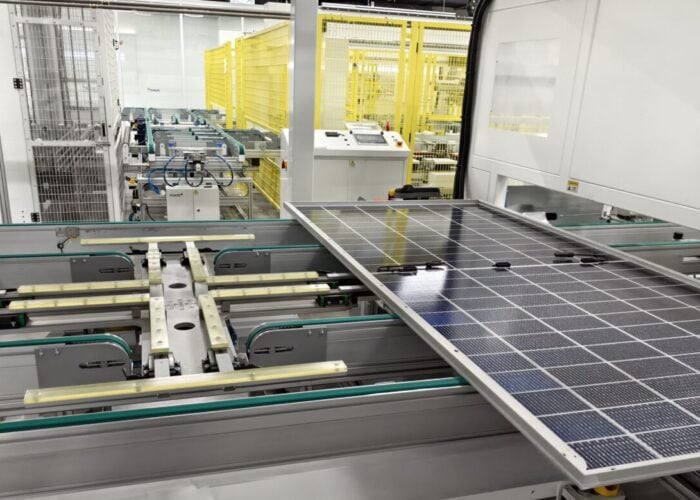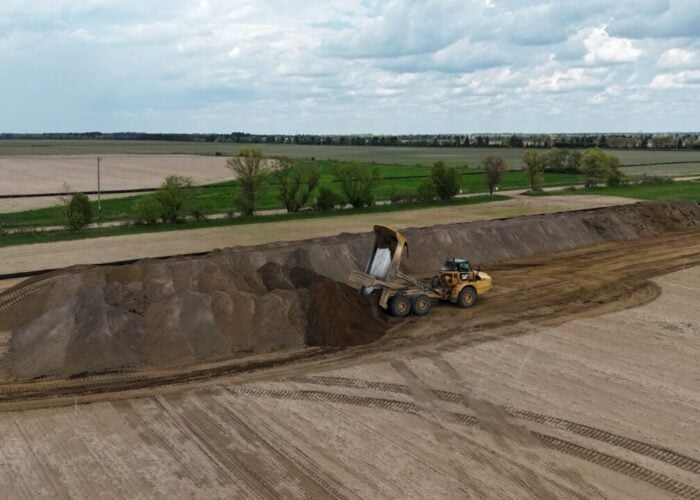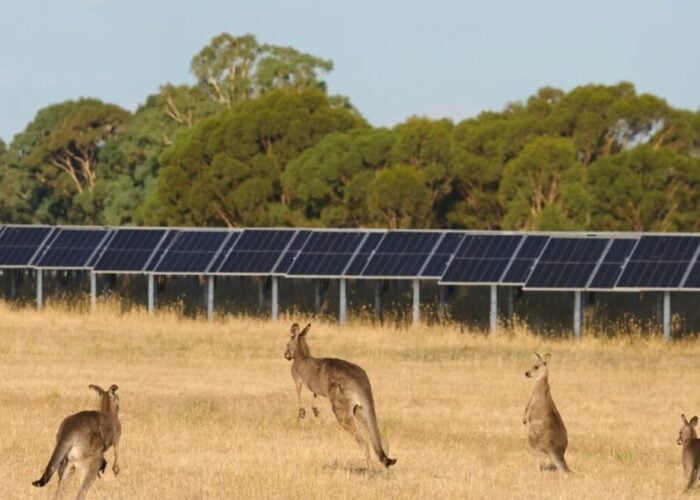Updated: The precarious financial position of major tier-one PV manufacturer Yingli Green was further highlighted in its second quarter financial results and subsequent earnings call with financial analysts.
The company had slashed its third quarter and full-year PV module shipment guidance from a range of 3.6GW to 3.9GW to only 2.5GW to 2.8GW.
Unlock unlimited access for 12 whole months of distinctive global analysis
Photovoltaics International is now included.
- Regular insight and analysis of the industry’s biggest developments
- In-depth interviews with the industry’s leading figures
- Unlimited digital access to the PV Tech Power journal catalogue
- Unlimited digital access to the Photovoltaics International journal catalogue
- Access to more than 1,000 technical papers
- Discounts on Solar Media’s portfolio of events, in-person and virtual
With PV module nameplate capacity unchanged from 2014 at 4GW, Yingli Green had an average quarterly run rate of 1,000MW, while it shipped 754MW in Q1, 729MW in Q2 and guided shipments of 550MW to 580MW for Q3. Taking full-year revised shipment guidance (mid-point Q3 and full-year) shipments in Q4 would be just over 600MW and full-year shipments of around 2,650MW.
PV Tech assessed that Yingli Green would have approximately 1,350MW of unused capacity in 2015, resulting in average utilisation rates of around 63% to 65% in 2015.
In comparison, major rivals, Trina Solar, JinkoSolar, Canadian Solar and JA Solar have been effectively operating at 100% utilisation rates
Module tolling
However, Yingli Green management noted in its earnings call that it was working with an unspecified number of other Chinese PV manufacturers to provide tolling (OEM) module services to keep production utilisation rates as high as 90% through the second half of the year.
Described as ‘business partners’ rival firms were said to be providing the necessary materials (wafers, EVA, backsheet) to Yingli Green so that it preserved cash, while the company incurred costs such as electricity and labour only, indicating it was tolling rather being a sub-contractor.
Yiyu Wang, Yingli Green’s CFO said in the call: “The OEM payment term will almost like cash payments, because we don’t need to invest in the majority materials; the OEM partners will provide their materials. So, we just need to invest in some of the necessary cost components like electricity, labour and some small assets and the collection of these kind of OEM revenue will be very short, almost like a monthly collection which is very fast.”
Management also noted that the module tolling business would not be registered as shipments, but rather such tolling arrangements would be entered on to its balance sheet as ‘other income’.
The company reported second quarter ‘other income’ of US$14.07 million.
The purpose of the tolling, other than keeping utilisation rates high and therefore production costs as competitive as possible was the ability to generate cash from tolling much quicker than traditional modules sales.
Management said that payment for module tolling was almost instant, with monthly payments guaranteed.
As PV Tech has recently highlighted, Trina Solar, JinkoSolar, Canadian Solar and JA Solar, key companies that have joined a super league of manufacturers have guided shipments ahead of nameplate plate capacity in 2015, totalling around 1.5GW.
Yingli Green also said in the call that tolling orders could account for 20-30% of total production capacity in the third quarter, while 50-60% of production would be for self-orders.
“Regarding to the utilization ratio, in Q3 and Q4 from the orders perspective, we should have enough third-party sales orders to fully support our production utilization ratio, added Wang in the conference call. “However, given the current cash flow challenge, we plan to take some OEM orders which may represent around 20% to 30% of our total production capacity for Q3. And we plan to use roughly 50% to 60% of our total production capacity for our sales orders. Therefore, the average expected utilization ratio could be in the range from 70 to 90%, depends on the following part of the Q3, how everything [utilisation rates] goes up.”
However, although the module tolling would potentially keep utilisation rates high, management noted it would be forced to undertake a significant impairment charge study, using independent third parties on its large manufacturing assets.
This would lead to significant impairment charges on such long-lived assets that would have a serious material and adverse effect on the company.
Yingli Green had reported in its second quarter financial filings that property, plant and equipment assets were valued at US$11.68 billion.







